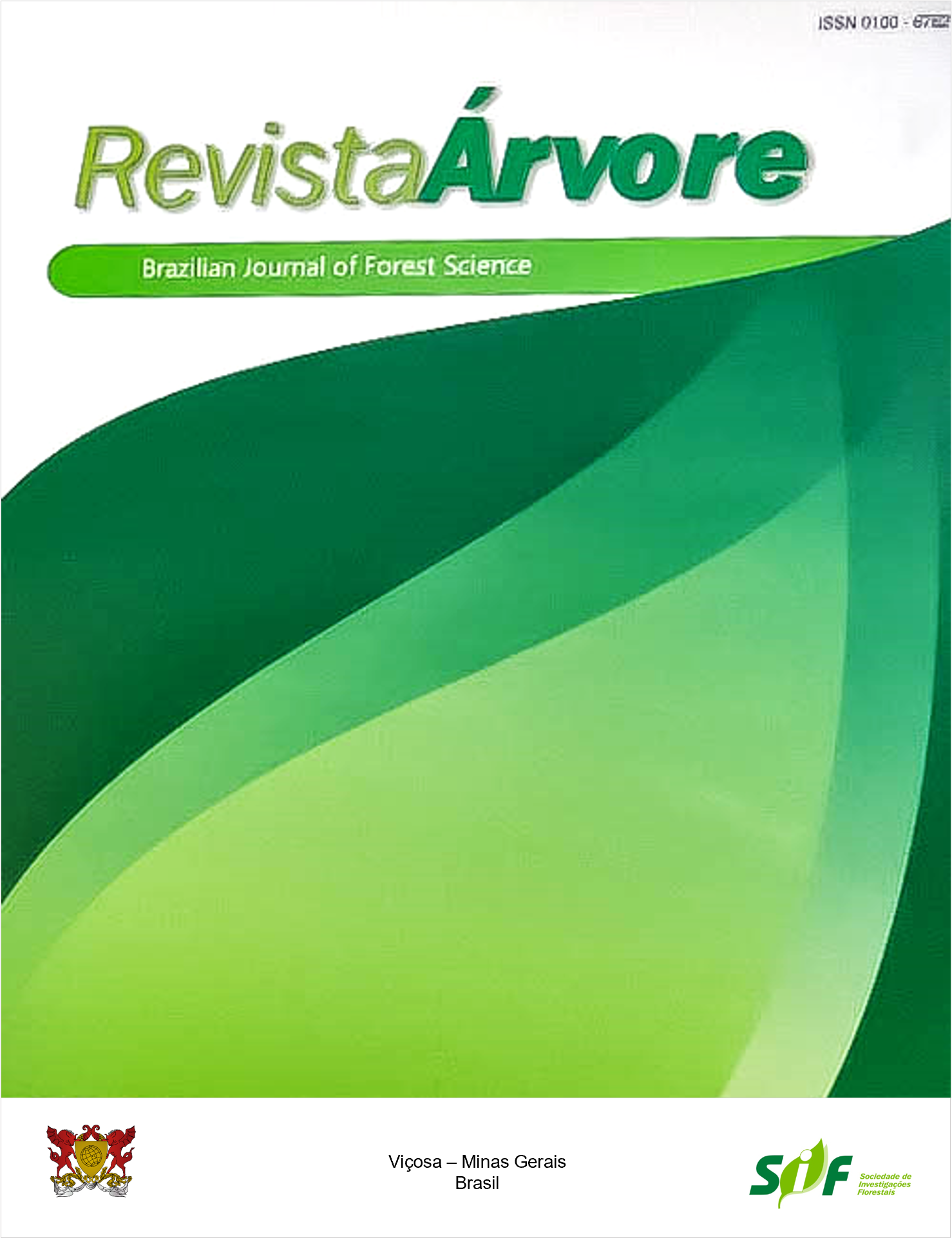MACRONUTRIENT DEFICIENCY IN Cariniana estrellensis (Raddi) KUNTZE: FROM CHANGES IN CELL ULTRASTRUCTURE TO VISUAL SYMPTOMS
Keywords:
Deficiency symptom, Transmission electron microscopy, Mineral nutritionAbstract
The nutritional requirements of native forest species can influence productivity. Thus, the understanding of these requirements enables us to optimize the use of inputs and reduce the environmental impacts inforest restoration projects. The present study aimed to evaluate changes in cellular ultrastructure and the anatomy of leaf laminae as well as observe visual signs of nutrient deficiency in young Cariniana estrellensis (Raddi) Kuntze plants, a forest species widely used in ecological restoration projects. The experiment was conducted in a greenhouse in random blocks with three replications of seven treatments using nutrient subtraction (I.e., control [plants grown with all nutrients], -N, -P, -K, -Ca, -Mg, and -S). The plants were harvested 135 days after the beginning of the treatments when the deficiency of the macronutrients resulted in visible abnormalities. Changes in the cell ultrastructure and structure of the chloroplasts, cytoplasm, and stromal lamellae were observed, as well as starch and lipid concentrations in the cytoplasm, intercellular spaces, and parenchymal cells. Changes in the cell ultrastructures, leaf laminae, and visual signs of nutrient deficiency hindered the development of young C. estrellensis plants; therefore, forest restoration projects that use this species in soils that require nutritional supplementation may have limited success in the absence of nutritional support.
Keywords: Deficiency symptom; Transmission electron microscopy; Mineral nutrition
Downloads
Published
How to Cite
Issue
Section
License
Copyright (c) 2021 Revista Árvore

This work is licensed under a Creative Commons Attribution 4.0 International License.
All authors agreed to submit the work to Revista Árvore and granted the exclusive license to publish the article. The authors affirm that it is an original work and has not been previously published elsewhere. The scientific content and opinions expressed in the article are the sole responsibility of the authors and reflect their opinions, not necessarily representing the opinions of the editorial board of Revista Árvore or of the Society of Forest Investigations (SIF).




